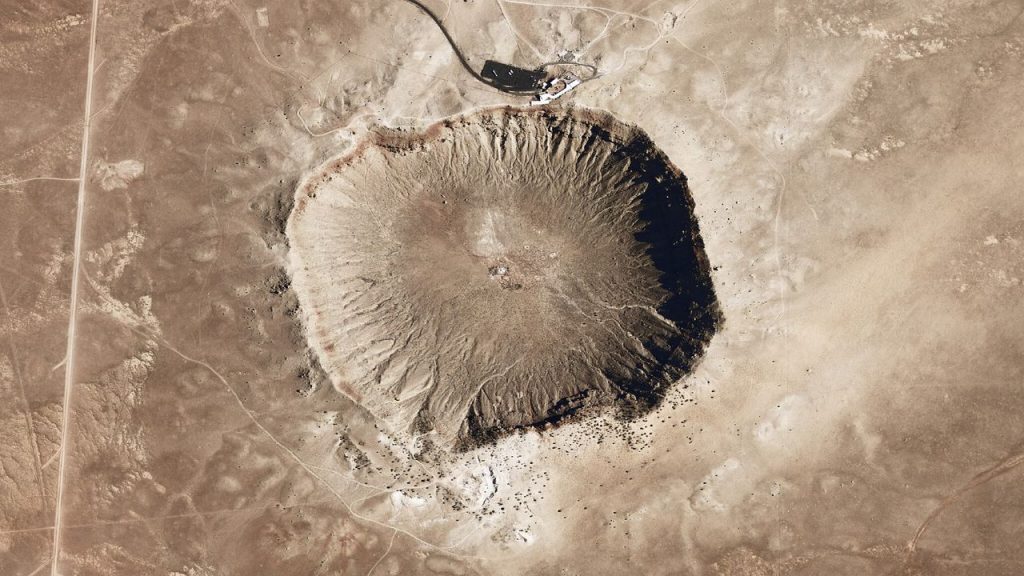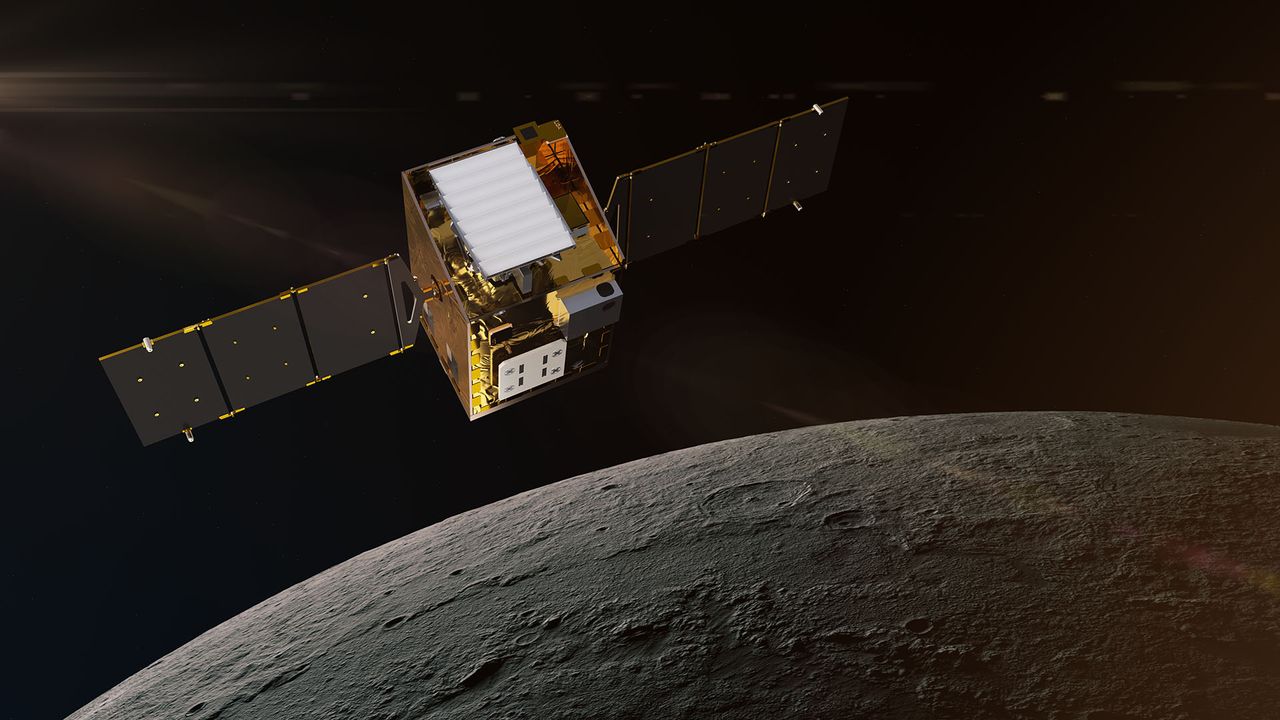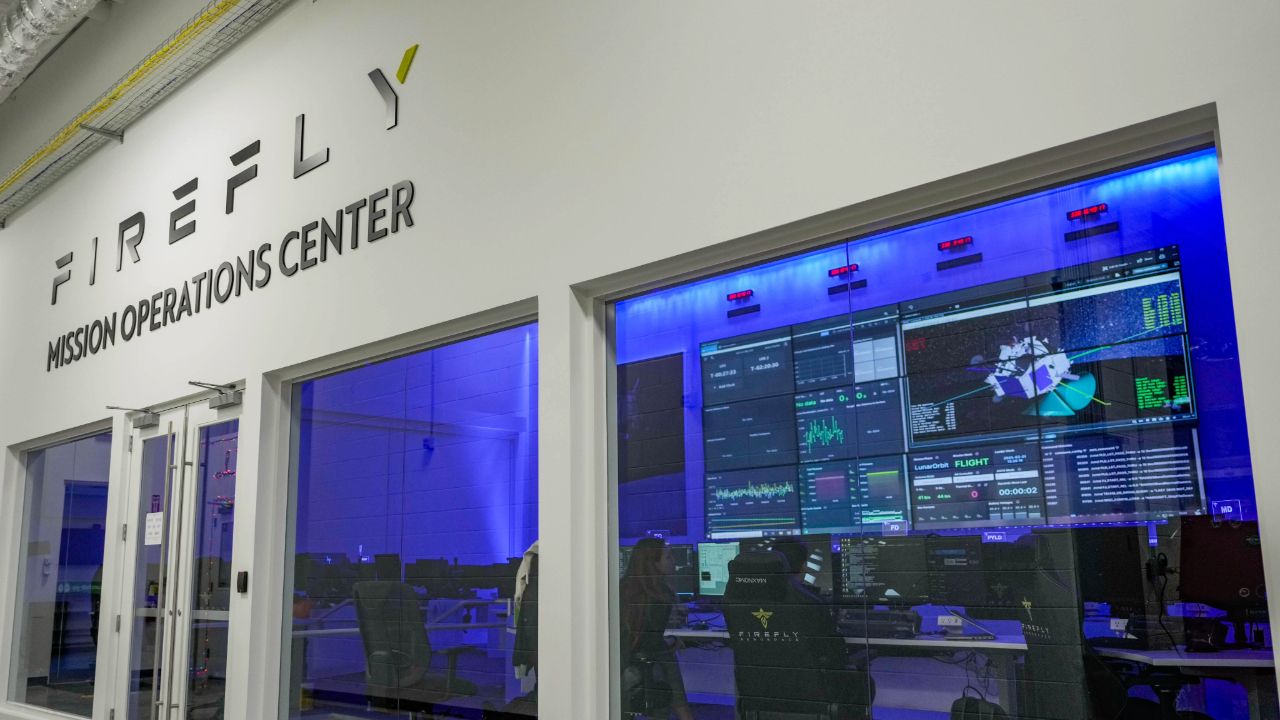Now Reading: NASA Plans Lunar Nuclear Reactor by 2030
-
01
NASA Plans Lunar Nuclear Reactor by 2030
NASA Plans Lunar Nuclear Reactor by 2030
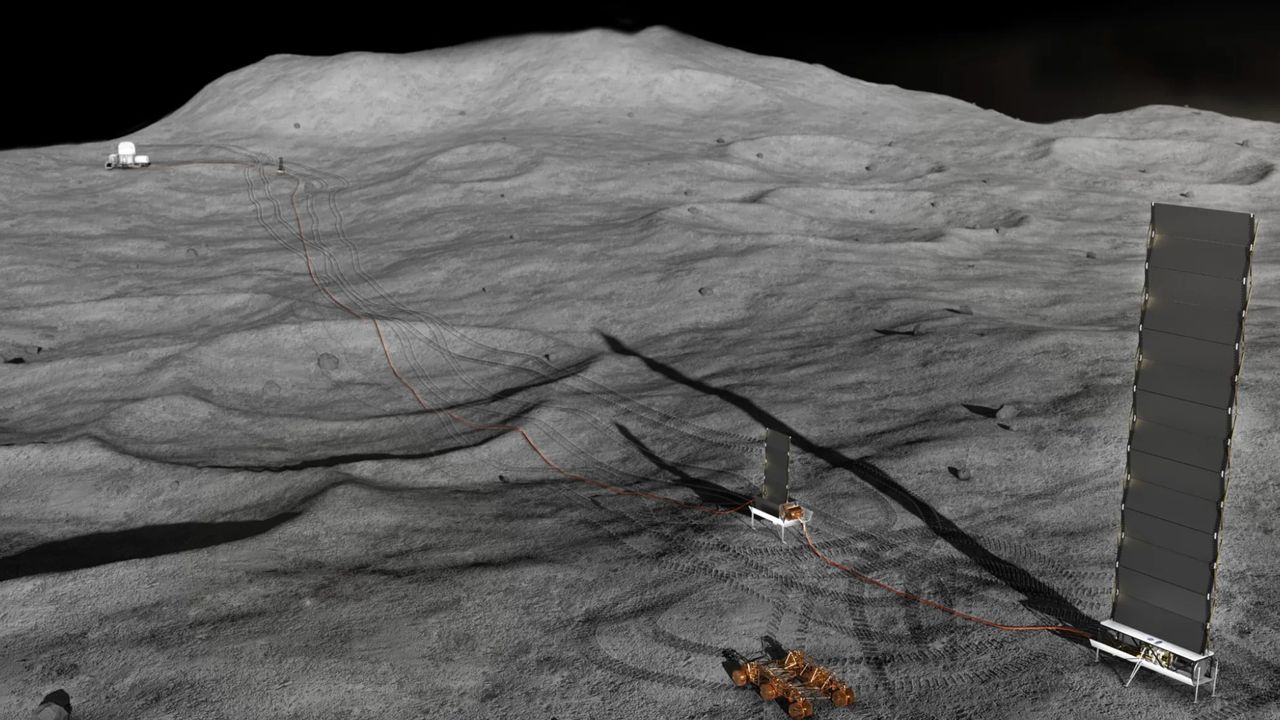
### Quick Summary:
– NASA plans to build a nuclear reactor on the moon as part of an ambitious space initiative.
– The agency had initially aimed for a 40-kilowatt fission system by the early 2030s but is now advancing toward a larger, 100-kilowatt reactor slated for launch by 2030.
– Interim NASA chief Sean Duffy has issued a directive to prioritize industry proposals for the upgraded reactor to support lunar bases under the Artemis program.
– Lunar bases will rely on nuclear power due to extended moon nights (lasting about two Earth weeks) making solar energy less viable.
– The move is partly driven by competition with China’s moon base ambitions, which include collaboration with russia and other nations. Officials have noted concerns regarding territorial declarations tied to technological advancements like nuclear reactors.
– Sean Duffy was appointed as NASA’s interim administrator after President Trump withdrew his initial nominee, billionaire jared Isaacman.
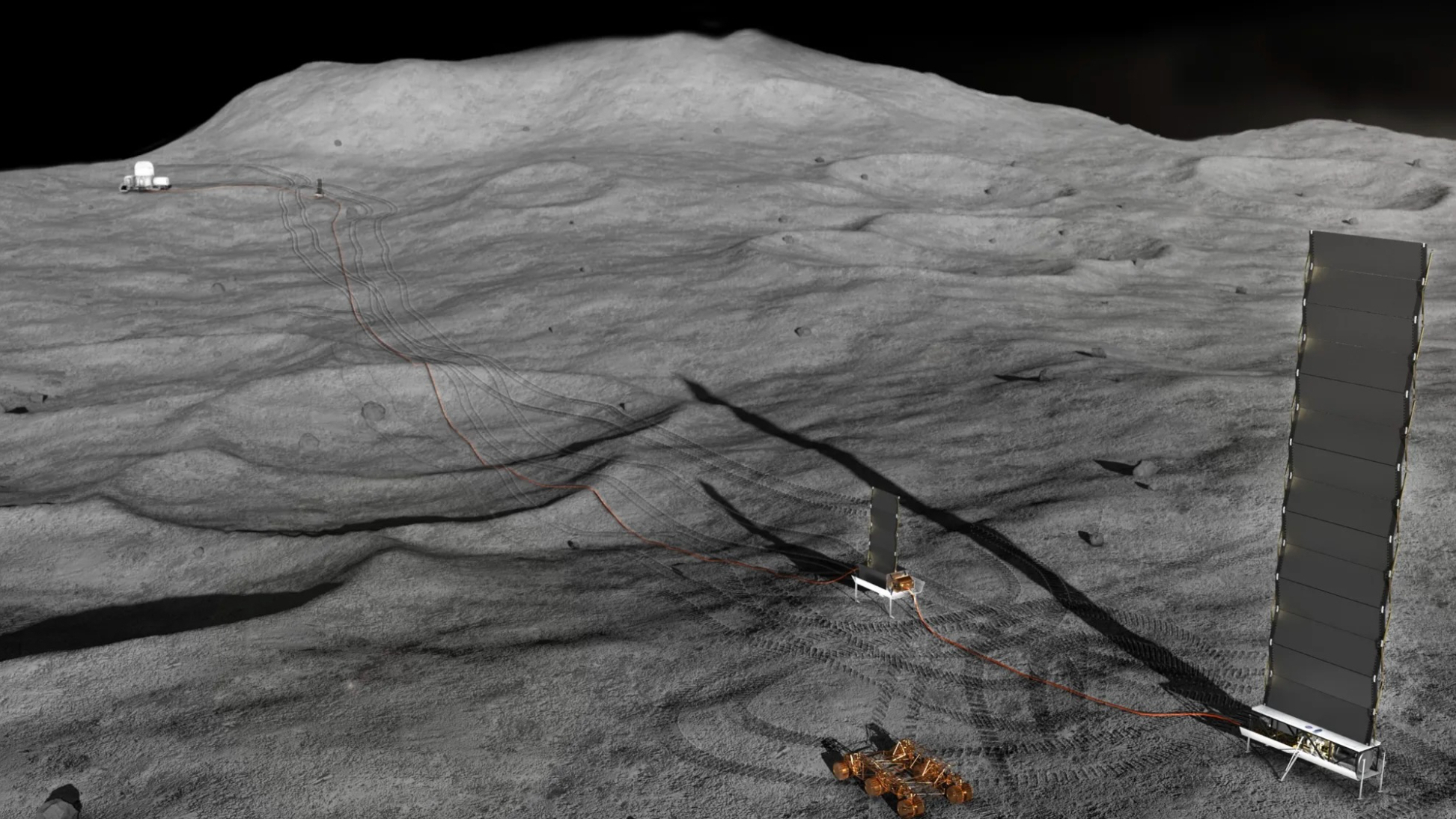
*Artist’s illustration of power systems on the Moon. (Image credit: NASA)*
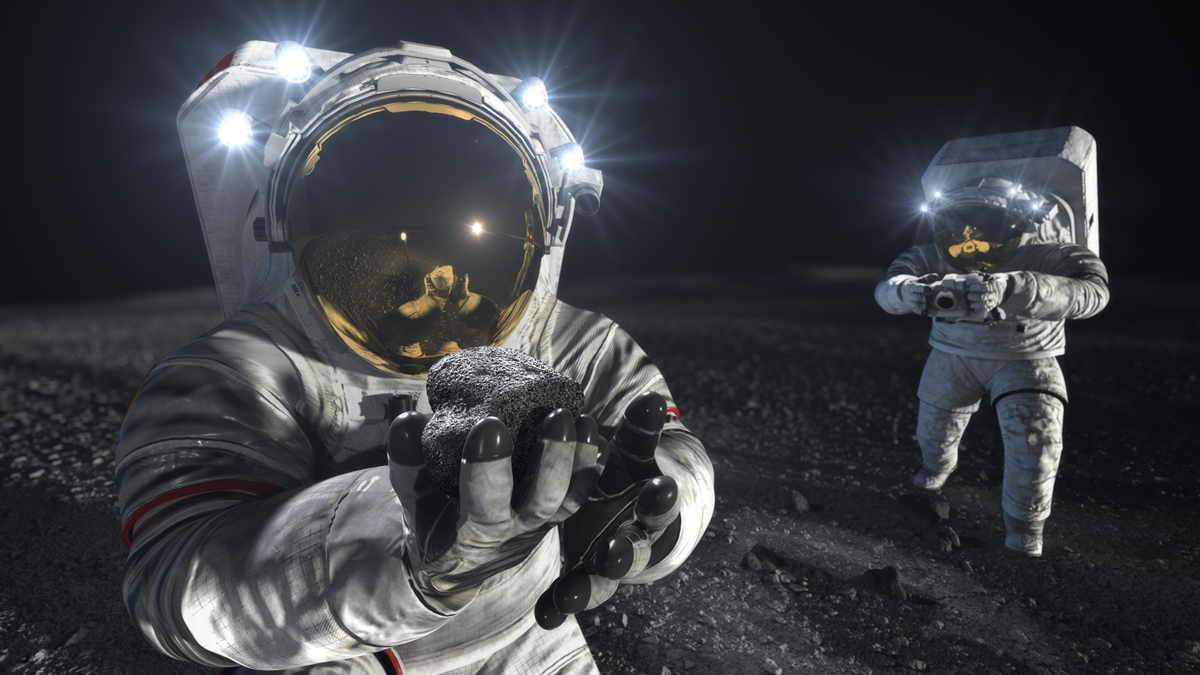
*Artist’s impression of astronauts working during Artemis lunar operations. (Image credit: NASA)*
[Read More](https://www.space.com/astronomy/moon/nasa-aiming-to-build-nuclear-reactor-on-the-moon-by-2030)
—
### Indian Opinion Analysis:
NASA’s accelerated plan for constructing nuclear reactors on the moon reflects increasing strategic focus within space exploration considering international competition from nations such as China and Russia. For India, which has made strides in its own lunar missions like Chandrayaan, these developments signal intensifying rivalry over lunar resources and scientific leadership in space technology.
This renewed emphasis highlights growing interest in sustainable energy sources beyond Earth-a sector that could reshape future geopolitical and economic dynamics surrounding extraterrestrial colonization efforts.While India does not yet have competitive stakes in establishing permanent infrastructure like power systems or habitats outside Earth’s orbit, observing technological trends in innovations such as fission systems can inform national programs aiming at similar ambitions.
Given that other nations are leveraging partnerships strategically-as an example China’s collaborations with Russia-India may need additional cooperative frameworks globally to bolster its position amid rising lunar activity led by emerging technologies like large-scale nuclear reactors.















